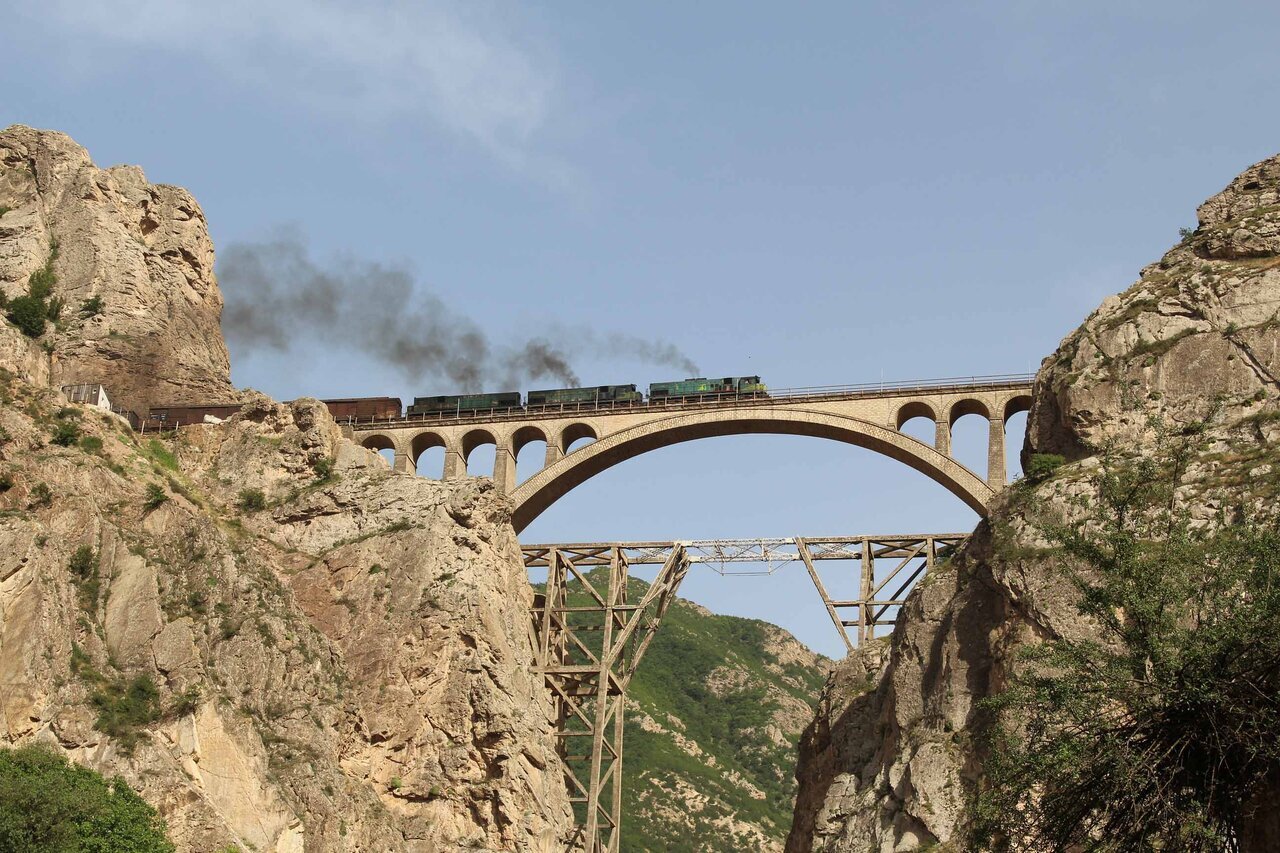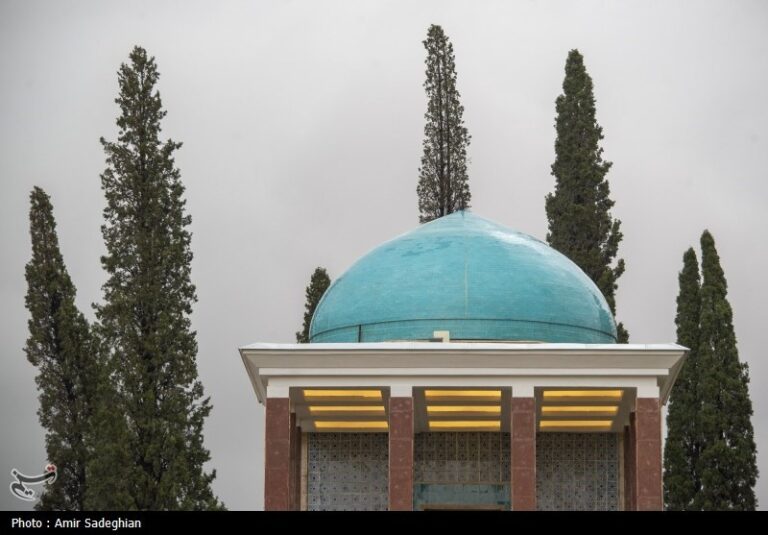Celebrating 89 Years of Veresk: A Marvel of Engineering and Historical Significance
Veresk Bridge, a remarkable engineering masterpiece and a pivotal component of the Trans-Iranian Railway, is celebrating its 89th anniversary. Nestled in the stunning highlands of Veresk village, approximately 27 kilometers south of Pol-e Sefid in Mazandaran province’s Savadkuh county, this iconic structure showcases the power of international collaboration and technical ingenuity in the 20th century.
Commissioned during the era of Reza Shah Pahlavi, Veresk Bridge was inaugurated on May 6, 1936 (16 Ordibehesht 1315) in a grand ceremony attended by the monarch himself. To alleviate public concerns about the bridge’s stability, Reza Shah famously ordered foreign engineers and their families to stand beneath the structure as the first train made its crossing.
Constructed at an impressive altitude of 110 meters (currently around 106 meters due to sediment accumulation and rising water levels), the bridge features a striking 66-meter arch that spans a deep gorge, effectively connecting the Tehran–North railway. The ambitious project utilized primitive tools and was carried out by a diverse workforce hailing from various nations, including Switzerland, Italy, Germany, Austria, and Denmark. The Danish engineering firm Kampsax was responsible for the design and construction of the bridge, offering a remarkable 70-year guarantee on its durability.
The chief engineer, Austrian Walter Aigner, expressed his wish to be buried in Veresk, and a memorial stands nearby to honor the laborers who tragically lost their lives during the bridge’s construction and the excavation of adjacent tunnels.
During World War II, Veresk Bridge earned the nickname Pol-e Piroozi, or “The Bridge of Victory,” as it served as a crucial supply route for Allied forces. The railway played a significant role in transporting troops and materials to the Soviet Union, effectively aiding in countering the German siege on the Eastern Front.
Due to its historical and strategic significance, Veresk Bridge was inscribed on Iran’s national heritage list in 1977. More recently, in 2021, the entire 1,394-kilometer Trans-Iranian Railway—of which Veresk Bridge is a key feature—was designated a UNESCO World Heritage site during the 44th session of the World Heritage Committee in Fuzhou, China.
The Trans-Iranian Railway embarks from the southeastern shores of the Caspian Sea near Torkaman Port, meandering through the Alborz Mountains via Firoozkuh, crossing the plains of Qom and Arak, and piercing the Zagros highlands in Lorestan. It ultimately branches into two paths at the Persian Gulf’s Khoramshahr and Imam Khomeini ports.
As Veresk Bridge commemorates its 89th anniversary, it continues to serve as a vital piece of Iran’s transportation infrastructure and a powerful symbol of resilience, innovation, and historical continuity.
- Location: Veresk village, Mazandaran province, Iran
- Inauguration Date: May 6, 1936
- Height: Originally 110 meters, now approximately 106 meters
- Bridge Span: 66 meters over a deep gorge
- International Workforce: Engineers from Switzerland, Italy, Germany, Austria, and Denmark
- UNESCO Heritage Designation: 2021
Veresk Bridge stands not just as a vital infrastructure asset, but as a testament to human ingenuity and the spirit of collaboration across borders. Its storied history and significance continue to inspire future generations.






